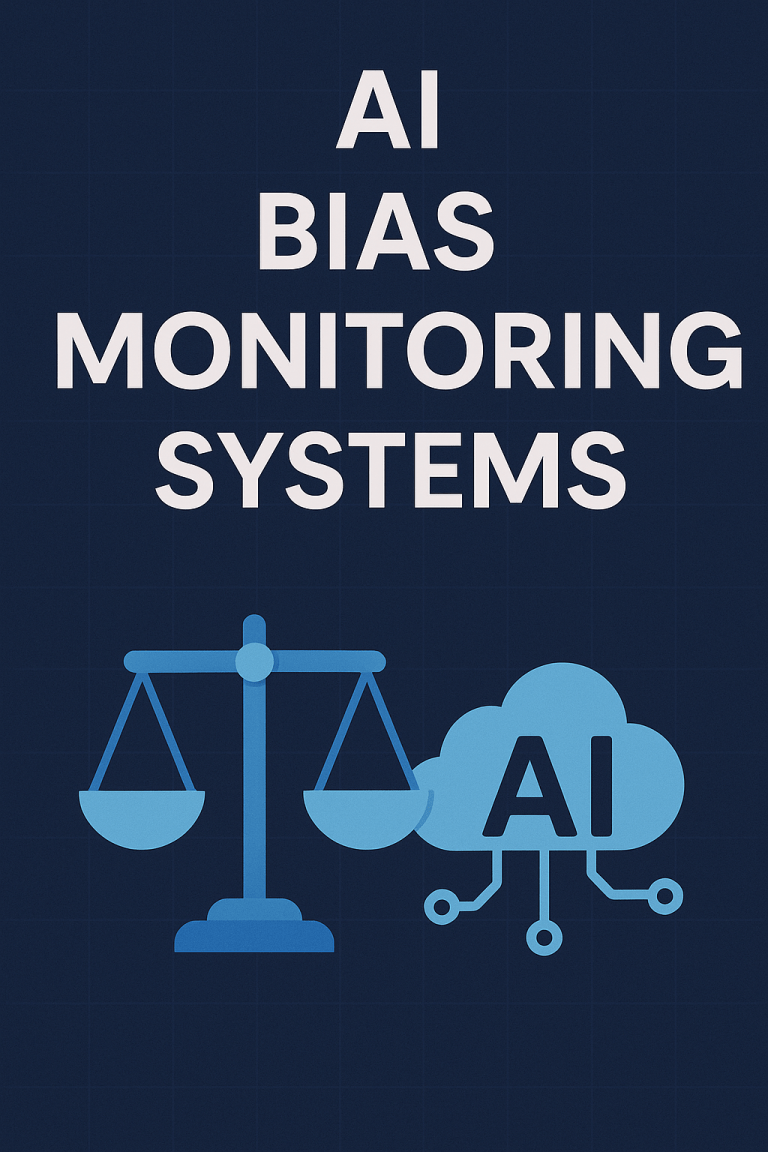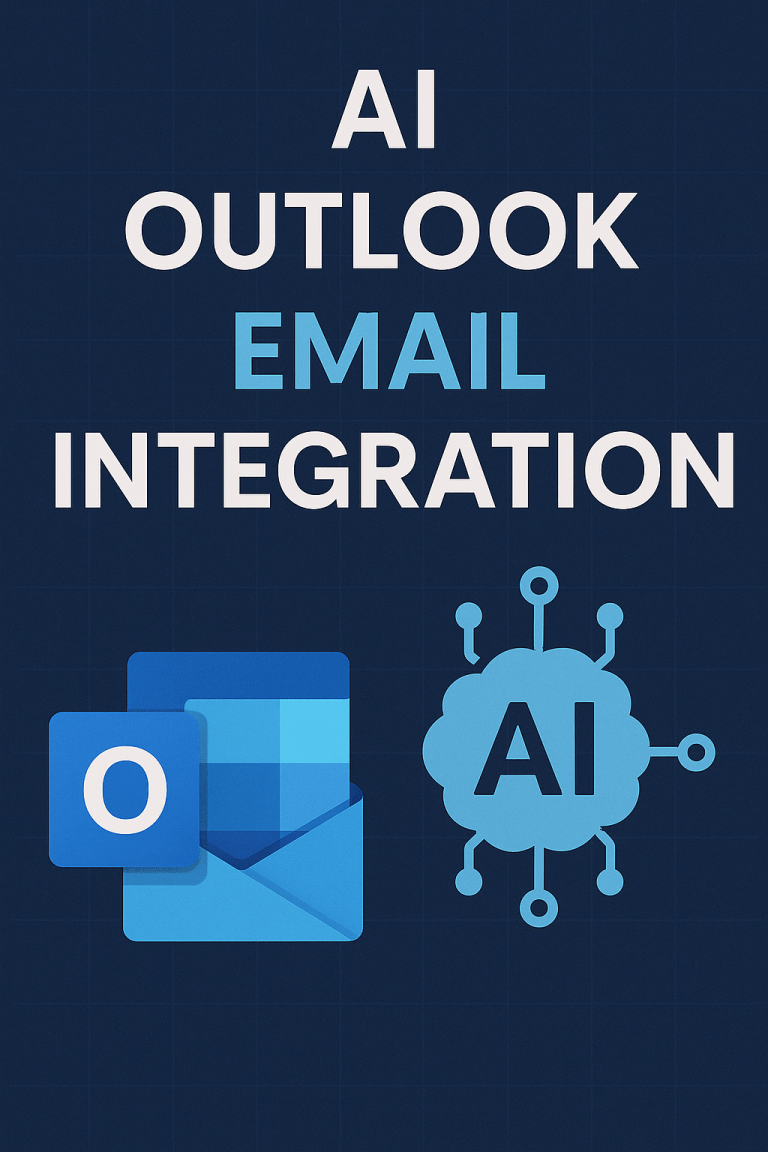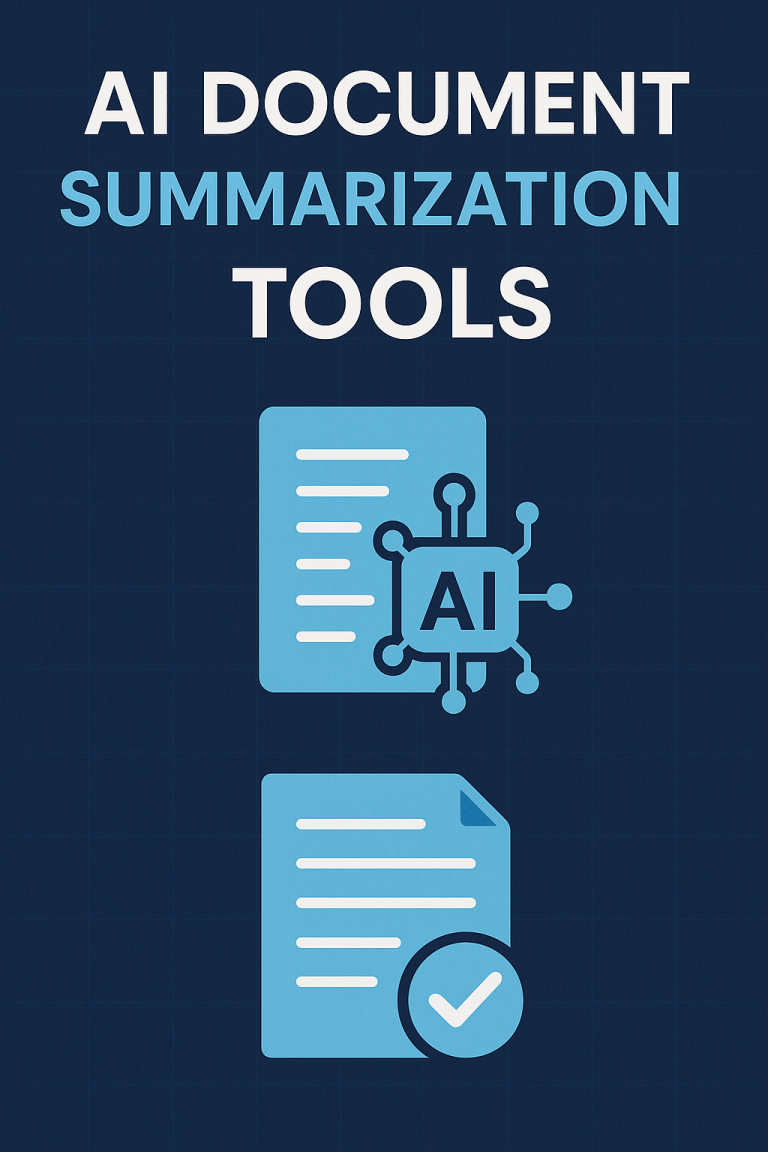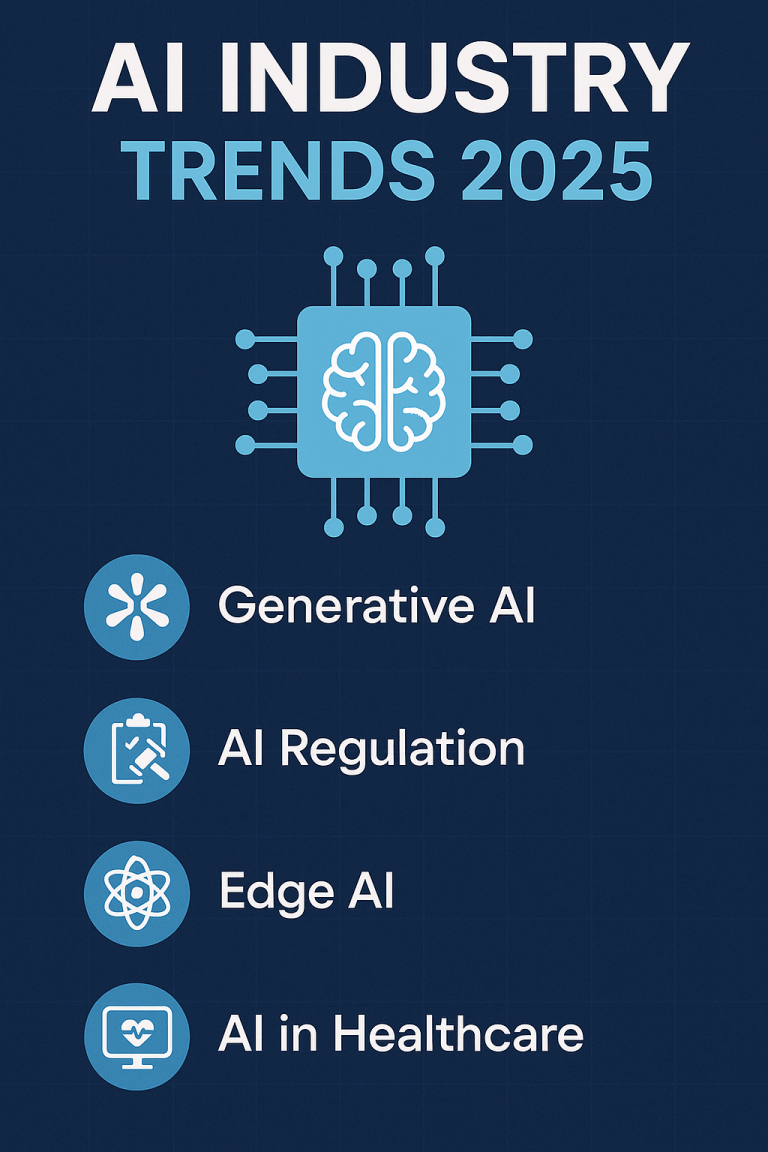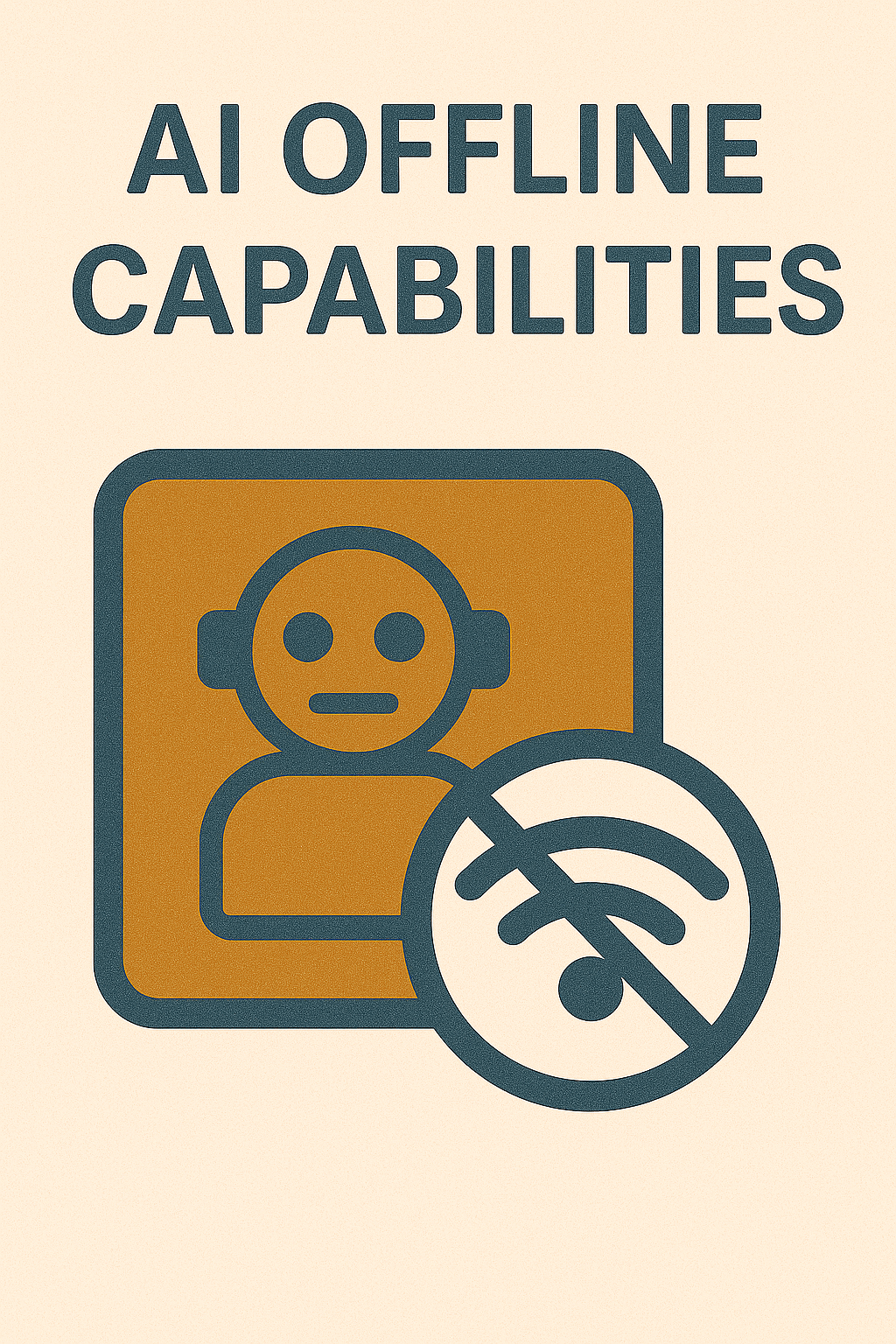
What Are AI Offline Capabilities?
In today’s connected world, offline AI represents a significant shift in how artificial intelligence can be deployed and used. Offline AI refers to AI systems that run directly on your local device without requiring an internet connection, processing data and generating outputs entirely on your hardware.
Running large language models (LLMs) locally provides several advantages including enhanced privacy, offline accessibility, and greater control over data and model customization.This approach is rapidly gaining popularity as organizations and individuals become more concerned about data privacy and sovereignty.
Unlike cloud-based AI services that send your data to remote servers for processing, offline AI keeps everything contained within your device or local network. This fundamental difference brings numerous benefits but also presents unique challenges and limitations.
The Evolution of Offline AI Technologies
The landscape of offline AI has transformed dramatically in recent years. What was once limited to basic, rule-based systems has evolved into sophisticated models capable of running advanced algorithms locally.
From Simple Models to Full-Featured LLMs
Early offline AI was restricted to basic functionality due to hardware limitations. Today’s devices can run increasingly complex models:
- 2023: Basic text generation and simple image recognition
- 2024: More sophisticated language models with limited capabilities
- 2025: Full-featured language and multimodal models running efficiently on consumer hardware
2025 is shaping up to be a breakthrough year, with platforms like Ollama making it easier than ever to run state-of-the-art AI models locally at a fraction of the cost of cloud services.
Now that I’ve gathered information about AI offline capabilities, I’ll create a comprehensive article on the topic.
AI Offline Capabilities: The 2025 Guide to Privacy-First Computing
What Are AI Offline Capabilities?
In today’s connected world, offline AI represents a significant shift in how artificial intelligence can be deployed and used. Offline AI refers to AI systems that run directly on your local device without requiring an internet connection, processing data and generating outputs entirely on your hardware.
Running large language models (LLMs) locally provides several advantages including enhanced privacy, offline accessibility, and greater control over data and model customization. Unite This approach is rapidly gaining popularity as organizations and individuals become more concerned about data privacy and sovereignty.
Unlike cloud-based AI services that send your data to remote servers for processing, offline AI keeps everything contained within your device or local network. This fundamental difference brings numerous benefits but also presents unique challenges and limitations.
The Evolution of Offline AI Technologies
The landscape of offline AI has transformed dramatically in recent years. What was once limited to basic, rule-based systems has evolved into sophisticated models capable of running advanced algorithms locally.
From Simple Models to Full-Featured LLMs
Early offline AI was restricted to basic functionality due to hardware limitations. Today’s devices can run increasingly complex models:
- 2023: Basic text generation and simple image recognition
- 2024: More sophisticated language models with limited capabilities
- 2025: Full-featured language and multimodal models running efficiently on consumer hardware
2025 is shaping up to be a breakthrough year, with platforms like Ollama making it easier than ever to run state-of-the-art AI models locally at a fraction of the cost of cloud services. Belsterns
Key Innovations Enabling Local AI
Several technological advancements have made offline AI more accessible:
- Optimized Model Architectures: Models designed specifically for efficient local execution
- Quantization Techniques: Reducing model precision requirements without sacrificing too much accuracy
- Hardware Acceleration: Dedicated AI processing units in modern CPUs and mobile chips
- Model Compression: Techniques that reduce the size of models while maintaining functionality
Top Offline AI Tools in 2025
Language Models
- Jan Jan is an open-source alternative to ChatGPT that runs AI models locally on your device, allowing you to set up your own OpenAI-compatible API server using local models with just one click.
- LM Studio A comprehensive platform for discovering, downloading, and running local language models with an intuitive interface and support for multiple model architectures.
- Ollama Ollama offers offline operation with no internet requirement, allowing users to remain productive even when their connection is down or unreliable. AI Fire
Image Generation
Offline AI image generators have become essential tools for creators, allowing users to generate high-quality images directly on their devices without relying on an internet connection.
- Stable Diffusion (Offline Version) Runs the popular image generation model locally, offering creative freedom without data transmission.
- DeepAI Offline Provides a platform for creating high-quality images with customizable attributes locally.
- Canva Pro (Offline AI Features) Combines familiar design tools with offline AI capabilities for seamless creative workflows.
Business Applications
- On-Device AI: Offline & Secure This app transforms voice into text instantly and allows chatting with powerful AI models like Meta’s Llama and Google’s Gemma – all offline and private, with no data leaving your device.
- Msty A platform that emphasizes privacy and offline capability for business use cases, integrating with existing workflows.
- FilterPixel Photo culling software that allows professionals to maintain privacy while leveraging AI capabilities.
Benefits of Offline AI
Enhanced Privacy and Security
The most significant advantage of offline AI is data privacy:
Unlike cloud-based services like ChatGPT that require internet access, offline AI tools like Jan offer “true offline use” where your data never leaves your computer.
This approach eliminates several privacy concerns:
- No data transmission to third parties
- Reduced vulnerability to data breaches
- Protection from unwanted data collection
- Compliance with strict data regulations
Operational Independence
Offline AI provides freedom from connectivity constraints:
- No Internet Required: Function normally in areas with poor or no connectivity
- Reduced Latency: Eliminate network delays for faster response times
- Consistent Performance: Avoid service disruptions due to cloud outages
- Travel-Friendly: Use AI capabilities anywhere, including planes and remote locations
Cost Efficiency
For organizations with high AI usage, local models can offer significant cost advantages:
- No Usage Fees: Avoid per-query or subscription charges common with cloud AI
- Predictable Costs: One-time deployment versus ongoing operational expenses
- Bandwidth Savings: Eliminate costs associated with transferring large data volumes
Customization Capabilities
Local deployment enables greater control over your AI systems:
- Model Fine-Tuning: Optimize for specific use cases and domains
- Integration Flexibility: Connect with proprietary systems without exposing data
- Version Control: Maintain specific model versions for consistency
Limitations and Challenges
Hardware Requirements
Offline AI demands more from your local hardware:
The hardware requirements for running AI models offline vary depending on the specific model, with newer and more powerful computers generally providing faster and smoother performance when running these models locally.
Typical requirements for running modern models include:
- Modern CPU (preferably with AI acceleration)
- Sufficient RAM (8GB minimum, 16GB+ recommended)
- Adequate storage space (10GB+ for models)
- GPU acceleration (for optimal performance)
Model Limitations
Local models often face constraints compared to their cloud counterparts:
- Size Restrictions: Smaller models to fit on local hardware
- Feature Gaps: Reduced capabilities compared to full-scale cloud models
- Knowledge Limitations: Fixed knowledge cutoff with no real-time updates
Update Challenges
A major drawback of offline software is that it lacks the ability to improve over time, as without access to real-world data and continuous AI model updates, these programs can become outdated.
This creates several long-term challenges:
- Manual updates required to access new models
- Potential knowledge gaps as information evolves
- Limited learning from user interactions
Offline AI for Business Applications
Enterprise Use Cases
Organizations are finding numerous applications for offline AI:
- Sensitive Data Processing: Analyze confidential information without external exposure
- Field Operations: Enable AI capabilities in disconnected environments
- Regulated Industries: Meet strict compliance requirements in healthcare, finance, etc.
- Customer-Facing Applications: Provide AI features without sending customer data to the cloud
Implementation Considerations
When deploying offline AI in enterprise settings, several factors require attention:
- Infrastructure Planning: Ensure adequate hardware and deployment mechanisms
- Governance Framework: Establish policies for local AI usage and updates
- Integration Strategy: Connect offline AI with existing systems securely
- Training Requirements: Prepare teams for effective use of offline capabilities
Regulatory and Compliance Landscape
The regulatory environment surrounding AI continues to evolve rapidly, with particular focus on privacy:
As we enter 2025, new data privacy and technology regulations are already on their way, with a record number of US states passing privacy laws in 2024 and new AI legislation shaping global standards.
Key Regulations Affecting Offline AI
US State Privacy Laws On January 1, 2025, California began enforcement of three AI laws relevant to enterprises impacting AI-processed personal information, healthcare services and healthcare facilities.
EU AI Act Phased implementation beginning in 2025, with key provisions addressing AI risk levels and transparency requirements.
Industry-Specific Regulations Healthcare, finance, and other regulated sectors have additional requirements affecting AI deployment.
Compliance Advantages of Offline AI
Local AI deployment can simplify compliance with many data protection regulations:
- Data Localization: Meet requirements to keep data within specific jurisdictions
- Minimized Data Transfer: Reduce compliance burden related to cross-border data flows
- Direct Oversight: Maintain clearer control and documentation of AI processing activities
Future Trends in Offline AI
Emerging Technologies
Several advancements are poised to further enhance offline AI capabilities:
- Specialized AI Hardware: Chips designed specifically for local AI processing
- Hybrid Approaches: Seamless switching between local and cloud processing as needed
- Distributed AI: Collaborative processing across multiple local devices
- Differential Privacy: Techniques allowing limited data sharing while preserving privacy
Industry Direction
The AI industry is increasingly recognizing the importance of offline capabilities:
By 2026, 60% of organizations in Asia/Pacific will develop applications with open-source AI foundation models, driven by the need for faster access to innovation, operational sovereignty, transparency, and lower costs.
This trend reflects growing recognition of the value of data sovereignty and local processing across the global business landscape.
How to Get Started with Offline AI
For Individual Users
- Assess Your Hardware: Determine if your current devices meet requirements
- Choose Appropriate Tools: Select software aligned with your needs and capabilities
- Start Small: Begin with lighter models before advancing to more complex ones
- Learn Prompt Engineering: Develop skills to effectively direct local AI models
For Organizations
- Conduct Privacy Assessment: Identify sensitive processes that would benefit from offline AI
- Pilot Implementation: Test offline AI in controlled environments before wider deployment
- Develop Governance Framework: Establish guidelines for responsible offline AI usage
- Balance Hybrid Approaches: Determine which processes should remain cloud-based versus offline
Real-World Success Stories
Organizations across sectors are already leveraging offline AI effectively:
Arapahoe Libraries adopted AI tools to save time on administrative tasks, facilitate collaboration and protect patrons’ privacy, empowering employees to find creative solutions while keeping data secure.
Similar successes are being seen in healthcare, finance, manufacturing, and other sectors where privacy concerns and operational independence are paramount.
Conclusion: The Balanced Approach to AI
As we navigate the evolving AI landscape of 2025, offline capabilities represent a compelling alternative to purely cloud-based approaches. While not suitable for every use case, local AI provides unique advantages for privacy-conscious applications and disconnected environments.
The ideal approach for many organizations will likely be a hybrid strategy, leveraging offline AI where privacy and independence are critical, while utilizing cloud capabilities where scale and real-time updates are essential.
By understanding the strengths and limitations of offline AI, individuals and organizations can make informed decisions about how to best incorporate these technologies into their privacy-conscious computing strategies.
Unlock your AI Edge — Free Content Creation Checklist
Get the exact AI-powered process to 10X your content output — blogs, emails, videos, and more — in half the time.
No fluff. No spam. Just real results with AI.

